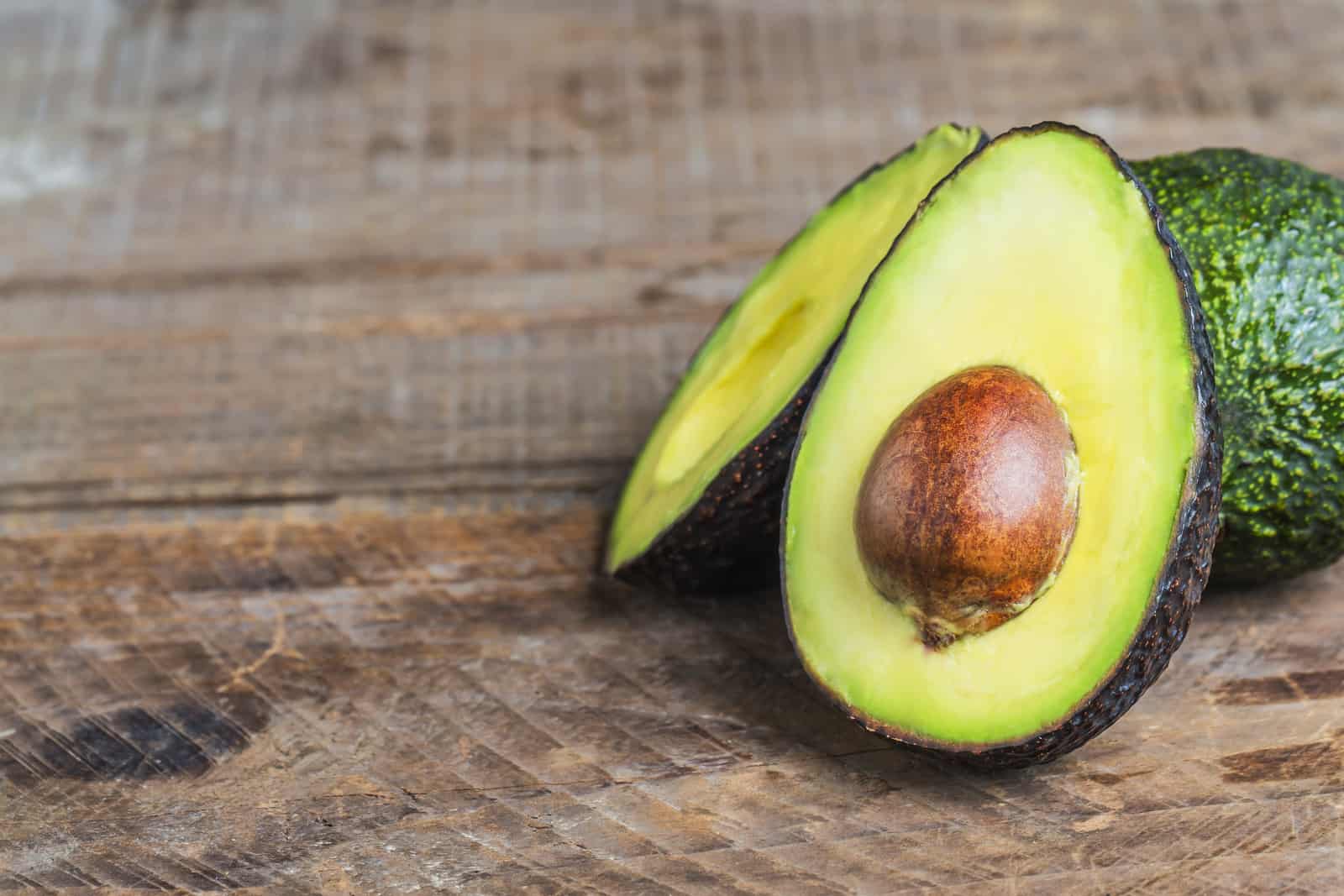The Maluma avocado is sometimes hardly distinguishable from a Hass. Noticeable differences include a more prominent pear-like shape, glossier skin, and larger size. Identifying a Maluma avocado is also possible based on its flesh, which is paler and creamier than the Hass. Also noted is the absence of nutty tones from the flavor profile.
Table of Contents
Where to find Maluma Avocados?
Maluma is a cultivar or avocado which was first discovered in South Africa. Mr. Dries Joubert first acknowledged the Maluma as an independent cultivar of avocado in the early 1990s and named it after his farm in Levbu – Farm Maluma. Joubert reported that his discovery was a chance seedling, not a specific breeding program. The exact origin of the cultivar remains unknown.
Maluma has a very creamy texture
with a nutty taste, which makes it a preferred variety for making guacamole or avocado toast.
Sometimes, Maluma is also
referred to as “Maluma Hass” because of the similarities in appearance to the
Hass cultivar. However, there are some significant differences in appearance
when it comes to Maluma avocados that other avocados do not have.
The fruit itself is black when
ripe, with medium skin thickness, and also a medium-sized seed. The skin is
very rough and pebbly. It grows into a pyriform shape (pear-like) with an
asymmetrical pedicel and can grow quite large – ranging from 150g all the way
to 400g in terms of weight.
The general press-test works
fine on the Maluma avocado, but the darkness of the skin makes it easier to
know when it’s ripe – it is generally ripe when the skin has turned black and
leathery.
Although they both look fairly
similar and come from the Guatemalan family, Maluma and Hass cultivars are not
synonymous, as many believe them to be (you can know more here).
Although both Maluma and Hass
mature in about the same time in northern parts of America and Europe, when in
the native South African conditions – Maluma tends to mature a month earlier in
autumn than Hass does. In September, when Hass is usually still completely
green, the Maluma experiences a noticeable color change.
Step-by-step Identification
Shape and Skin
The fruit itself has a more prominent pear shape, with much glossier skin than the Hass variety features, while also being more pebbly.
Size
The fruit is also slightly larger and generally weighs more.
Flesh Color
Internally, the flesh is slightly paler than the flesh of the Hass variety. It is also a little bit creamier.
Taste
The taste of the flesh is less nutty than the Hass fruit, but the flavor is still stronger than the one of its counterpart.
Conclusion
Maluma is a cultivar of the avocado tree that has been discovered very recently and had been slowly rising in popularity in the last decade since it has been approved for exportation. The dwarfing characteristics are very prominent on the tree itself, while the fruit ripens faster than the fruit of the Hass type, while also being bigger.
This is why small-scale cultivators tend to reach for Maluma rather than other avocado types. It is also currently on demand because of its rich, creamy texture and nutty taste, making it a popular choice for avocado lovers across the globe.













